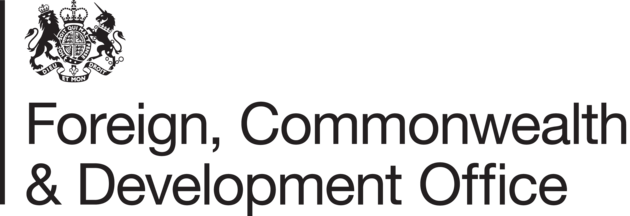Policymakers in low- and middle-income countries who are working to improve student learning often find themselves flying blind. They see the budget that goes into education and (sometimes) the learning that students come out with, but they lack information on many of the crucial factors in between—the practices, policies, and politics—that drive those learning outcomes. And although new measurement tools capture some of those aspects well, no single instrument pulls together data on all these areas. This gap leaves policymakers in the dark about what is working and what isn’t. To fill this gap, the World Bank, with support from the Bill and Melinda Gates Foundation, the UK’s Foreign, Commonwealth, and Development Office (FCDO), and the Government of Japan, developed the Global Education Policy Dashboard, which measures the drivers of learning outcomes in basic education around the world.




The Dashboard highlights gaps between current practice and what the evidence suggests would be most effective in promoting learning, and it gives governments a way to set priorities and track progress as they work to close those gaps. It starts by focusing attention on early-grade learning and school participation. The next set of indicators measure the quality of service delivery, focusing on the four key school-level ingredients of student learning: teaching, school management, inputs and infrastructure, and learner preparation. In addition, the dashboard measures deeper systemic drivers: the policies and politics that determine the quality of service delivery. The end goal is to have a set of indicators that is comprehensive but also focused so stakeholders can pay attention to what is really most important.